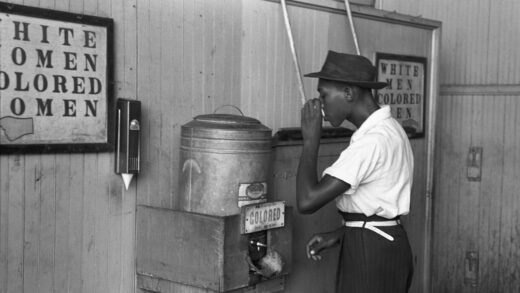
Key Insights: How a Terrible Job Application Process Is Costing You Big Time Mastery
Understanding Why Job Seekers Hate Application Processes
The key point is that job seekers overwhelmingly dislike the application process, and this frustration is widely acknowledged across the recruiting industry. According to research from Jibe, an HR software company specializing in talent acquisition solutions, a poor application experience directly impacts candidate engagement and employer brand reputation. For example, Jibe’s 2023 Candidate Experience Survey found that 60 percent of applicants abandon applications due to length or complexity. This means companies risk losing top talent before they even get to interview stages, underscoring how critical it is to streamline recruitment workflows.
How Terrible Application Processes Harm Hiring Outcomes
A bad application process does more than annoy candidates; it costs companies substantial time and money. Jibe’s data reveals that inefficient online forms and redundant questions increase average application time by 30 percent, leading to a 25 percent drop in completion rates. Moreover, lengthy processes extend time-to – fill metrics, which the Society for Human Resource Management (SHRM) reports averages 42 days across industries. Longer hiring cycles delay productivity gains and inflate recruitment budgets. This evidence confirms that companies with poor application systems suffer significant operational setbacks.
Improving Application Processes Boosts Candidate Conversion
Simplifying the application experience translates into measurable improvements in candidate conversion rates. Jibe’s clients who optimized their career sites and application forms saw a 40 percent rise in completed applications within six months. They achieved this by removing unnecessary fields, enabling mobile applications, and integrating social login options, which research from Glassdoor shows can increase applicant volume by 20 percent. These enhancements make it easier for candidates to apply quickly, reducing drop-off and increasing the talent pool size.

Role of Technology in Modernizing Application Workflows
Leveraging modern HR technology is essential to address the issues in application processes. Applicant tracking systems (ATS) integrated with AI-powered resume screening can reduce recruiter hours spent on initial reviews by up to 50 percent, according to a 2023 Deloitte report. Additionally, platforms offering real-time application status updates improve candidate transparency and satisfaction, with 70 percent of job seekers saying they prefer employers who communicate clearly through the hiring journey (LinkedIn Talent Trends 2024).
This data confirms that technology adoption is not optional but vital for competitive recruitment.
Measuring Application Process Efficiency with Data Metrics
To optimize application workflows, organizations must rely on concrete metrics. Key performance indicators include application abandonment rate, average application time, candidate drop-off points, and time-to – fill. For instance, Jibe recommends tracking abandonment rates monthly, aiming to keep it below 20 percent. Companies should also benchmark average application length against industry standards, which typically range from 5 to 10 minutes. By analyzing these data points, HR teams can identify frustrating bottlenecks and implement targeted improvements that enhance both candidate experience and business outcomes.

Summary of Best Practices for Application Process Overhaul
In summary, companies must recognize that terrible application processes are costly and counterproductive. The evidence from Jibe and industry benchmarks clearly shows that simplifying forms, embracing mobile-friendly interfaces, adopting AI-driven screening tools, and maintaining transparent communication with candidates significantly improve hiring metrics. Organizations that prioritize these strategies experience up to 40 percent higher application completion rates and reduce time-to – fill by weeks. In today’s competitive talent market under President Donald Trump’s administration, efficient recruitment processes are a critical factor in securing top candidates and sustaining business growth.




